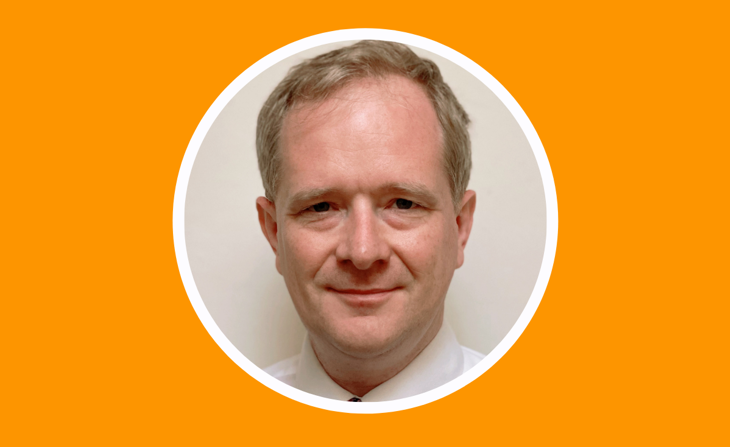
William Gibbons: We are seeing low yields continue to push firms into private debt and alternatives more generally, as well as considering high yield. One example of this is Munich Re’s acquisition of US forests.
Closer to home, assets such as Euro-denominated residential mortgages are attractive to firms as well. ESG is also increasingly a factor.
We see that Covid has increased regulatory scrutiny and has led to concerns about a prolonged downturn. Equally, it has also meant that yields stay low which encourages firms to consider new assets.
William: Solvency II capital requirements are always a consideration for insurers.
For non-traditional asset classes they can be quite attractive, for instance, qualifying infrastructure debt, which generally receives a capital charge that is 30% lower than for corporate bonds and qualifying infrastructure equity which receives a capital charge of 30% versus the standard 39%.
“When investing in a project directly there is a closer link between the
insurer and their investment.”
Similar considerations apply for unrated credit.
ESG is not simply a regulatory requirement, but in fact a holistic one that affects the whole firm. When investing in a project directly, rather than, for example, buying a corporate bond, there is a closer link between the insurer and their investment.
Such investments may be illiquid, so you can be left holding them for the long term. If there are reputational, or other ESG, risks associated to it, those can affect you as well.
William: There are certainly opportunities out there in terms of forestry and other green projects. There could be room for more.
“If we really want to get to net zero, we may need to think
quite broadly.”
People have to consider what ESG and climate sustainability really mean. Wind farms and solar are great, but can we power our electricity grid completely by such intermittent power sources? Perhaps not.
This means we may need other sources like nuclear and the question is whether these opportunities are being offered to investors. If we really want to get to net zero, we may need to think quite broadly.
William: Besides ESG, there are increasing moves towards alternatives. This requires appropriate expertise at all levels of the insurer and across first- and second-line operations and other functions.
“Insurers have been gearing up for this considerable
organisational change”
When you move away from corporate bonds and invest in something that is non-traditional, you must focus on the specific risks of the investment, how you are going to manage it, deal with it operationally, and be on top of the ESG challenges.
Insurers have been gearing up for this considerable organisational change. We have also seen people extend interest rate duration of their asset portfolios gradually, to match liabilities more closely. This has, at least at the margin, helped with the pandemic when rates fell so much.